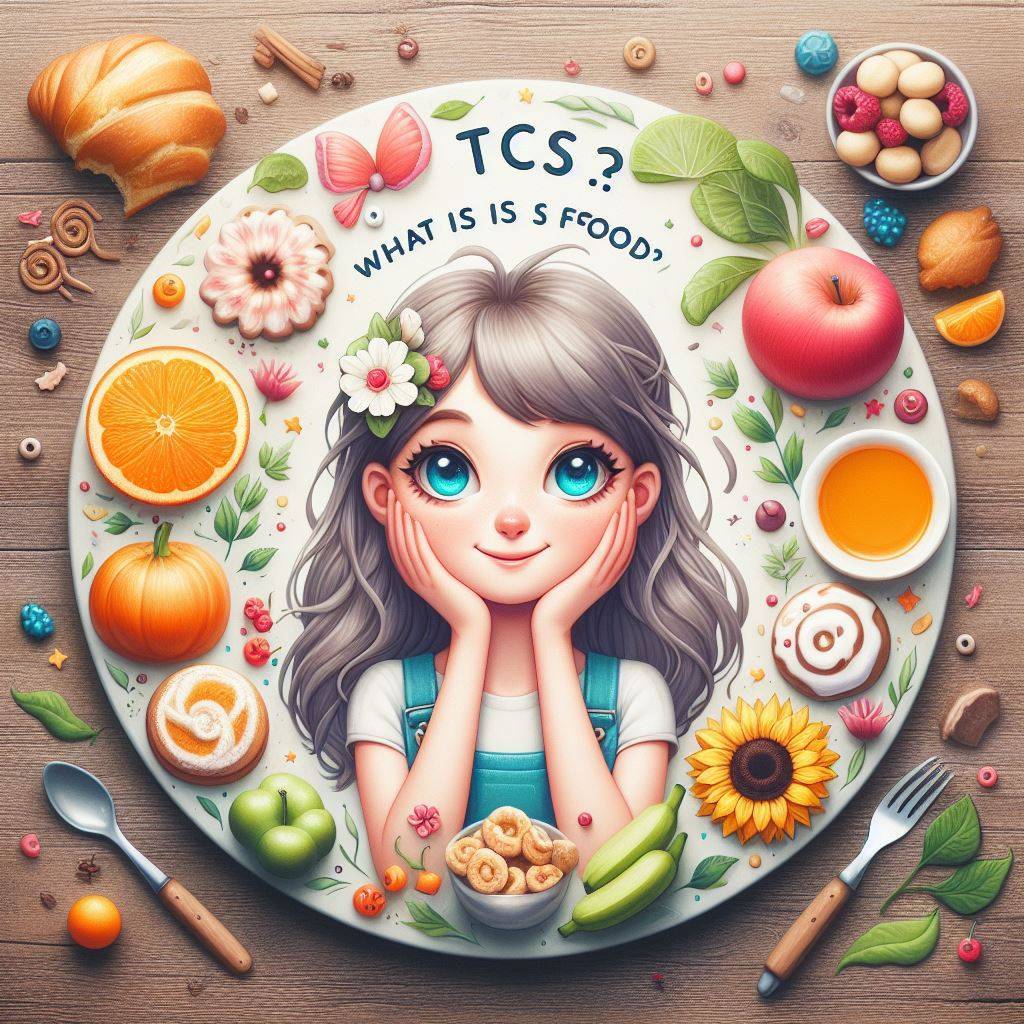TCS food stands for Time/Temperature Control for Safety. This is a term used in the food service industry to describe potentially hazardous foods that require time and temperature control to prevent the growth of harmful bacteria.
Table of Contents
Some examples of TCS foods include
- Dairy products (milk, cheese, yogurt)
- Meat and poultry
- Fish and shellfish
- Cooked or processed vegetables
- Cooked grains and beans
- Tofu and other soy products
- Cut melons and cut tomatoes
- Eggs and egg products
- Sprouts and sprout seeds
TCS food is considered potentially hazardous because it contains proteins, moisture, and a neutral pH level – the ideal conditions for bacteria to grow. If not stored, handled, and cooked properly, these foods can pose a health risk to consumers.
To ensure the safety of TCS foods, food handlers need to follow proper food safety guidelines such as:
- Storing TCS foods at the appropriate temperature (below 40°F or above 140°F) to prevent bacterial growth
- Using separate cutting boards for raw and ready-to-eat foods to prevent cross-contamination
- Cooking TCS foods to their recommended internal temperature (varies based on the type of food) to kill harmful bacteria
- Reheating leftovers to an internal temperature of 165°F within two hours for safe consumption
- Cooling cooked TCS foods properly by using shallow containers and refrigerating them quickly (within four hours)
What is TCS food marking?
TCS food marking is a labeling system used in the food service industry to identify and track TCS foods. This helps with proper rotation of stock, ensuring that older products are used first before newer ones. The label typically includes the name of the product, date received, use-by or expiration date, and initials of the person who prepared or opened the product. This information can help identify potentially hazardous foods and prevent foodborne illnesses.
How many hours is ready to eat TCS food?
Ready-to-eat TCS foods should be consumed within 7 days if properly refrigerated at or below 41°F. After this time, the risk of harmful bacteria growth increases significantly. This is why proper labeling and rotation of stock are crucial in preventing foodborne illnesses.
Is coffee a TCS food?
Coffee is not considered a TCS food as it does not meet the criteria of containing proteins, moisture, and a neutral pH level. However, if any additives are added to coffee (such as milk or cream), they would then become TCS foods and require proper handling and temperature control.
Frequently Asked Questions
1. What is a TCS food?
TCS food stands for Time/Temperature Control for Safety. These are potentially hazardous foods that require time and temperature control to prevent bacterial growth. Examples include meat, dairy products, and cooked grains.
2. Are all dairy products TCS foods?
Yes, all dairy products fall under TCS foods as they contain proteins, and moisture, and have a neutral pH level. These conditions make them ideal for bacterial growth if not handled and stored properly.
3. How should TCS foods be stored?
TCS foods should be stored at the appropriate temperature, below 40°F or above 140°F, to prevent bacterial growth.
4. How long can ready-to-eat TCS foods be safely stored?
Ready-to-eat TCS foods should be consumed within 7 days if properly refrigerated at or below 41°F. After this time, the risk of harmful bacteria growth increases significantly.
5. Is coffee a TCS food?
Coffee is not considered a TCS food as it does not meet the criteria. However, any additives, like milk or cream, would then become TCS foods and require proper handling and temperature control.
6. What is TCS food marking?
TCS food marking is a labeling system used to identify and track TCS foods. This helps with proper rotation of stock and reducing the risk of foodborne illnesses. In addition to the product name, marking often includes the date received and use-by or expiration date. It may also include the initials of the person who prepared or opened the product. This information can help identify potentially hazardous foods and prevent foodborne illnesses.
Conclusion
Understanding TCS foods and how to handle them safely is crucial in the food service industry. By following proper storage, handling, and cooking techniques, we can ensure that TCS foods are safe for consumption and avoid any potential health risks to our customers. It is also important to regularly train and educate food handlers on food safety guidelines to maintain high standards in the industry.


